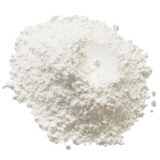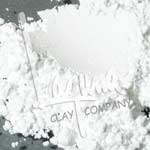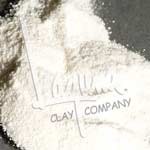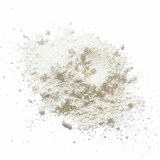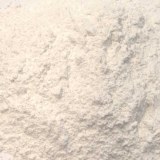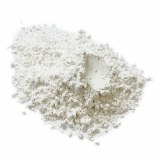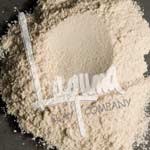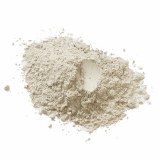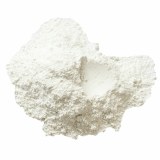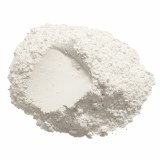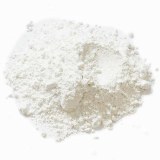Feldspars are the backbone of many ceramic glaze formulations. They readily melt at high temperatures and can be combined with other materials such as fluxes to lower their melting point, or Alumina bearing clays and chemicals to stiffen their melt. They typically get their melting power from high levels of Sodium and Potassium and are often classed based on this. High potassium feldspars may be generally referred to as Potash Feldspars, while high sodium feldspars are referred to as Soda Feldspars. This can be confusing as potash feldspars often also contain sodium and many soda spars also contain potassium. Glazes with high feldspar percentages tend to craze badly and need additional materials to decrease their coefficient of expansion and better fit the clay body they are being applied to.

Ceramic chemicals include everything from feldspars and other mined raw materials to refractories, fluxes, and suspension agents.
Chemicals are available by the pound or in bulk by the bag (typically 50 lbs).
If you can't find a chemical that you are looking for, please reach out to us -- if we don't have it in stock, we can usually track it down!
Fluxes are used to lower the melting temperature of a material or combination of materials in a glaze recipe. Many materials may have a chemical composition that is desirable for a glaze, but they will not easily melt on their own. Fluxes melt easily and can combine with other materials allowing them to melt and incorporate into the glaze structure. It is often necessary to add or increase fluxes when adjusting the maturation temperature of a glaze from high-fire(e.g. cone 10) to mid-range (e.g. cone 6). Fluxes are rarely sourced in raw form, but rather as components of other chemicals. Examples of commonly used fluxes include Boron, Lithium, Magnesium, Zinc, and Calcium.
Suspension agents are used to keep glazes and other slurries from settling to the bottom of a container. They can be organic compounds such as Gum Arabic and CMC, or inorganic like Bentonite and Epsom Salt. Organic suspenders can harbor and grow mold unless treated with a biocide or other inhibitor, while inorganic suspenders do not require such additives. Each one has different properties and some may be desirable over others for their secondary characteristics and not just for their suspension abilities. Some suspenders are used to keep glazes formulated for dipping from settling, while others are used to alter a dipping recipe to make it easier for a brushing application.

